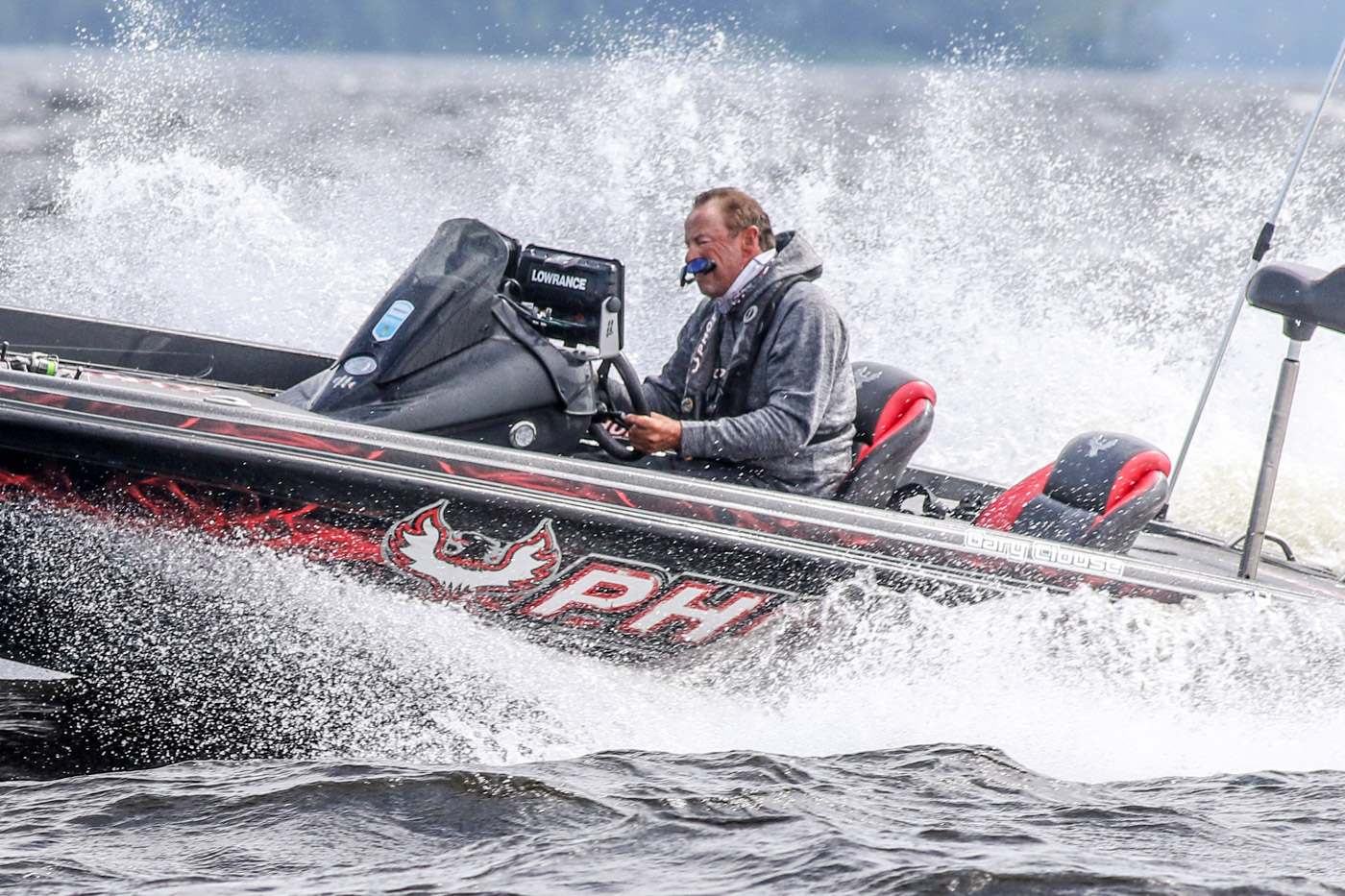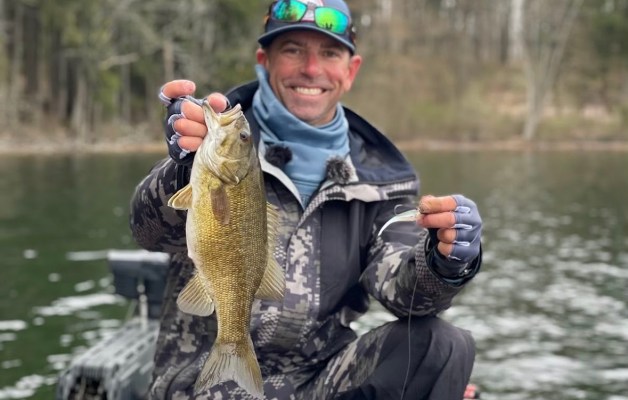
One of the most popular questions the folks at Bassmaster Magazine get for the “Ask the Experts” column is about how to run in rough water.
There is no magic formula because every situation is different, but there are a number things that you can do to make it safer and more comfortable.
But before we get into that, it goes without saying one person’s definition of rough water may be different than another, and not all boats are designed or equipped to negotiate big waves.
For example, a flat bottom boat with small outboard generally is not suitable for most rough water conditions. Also, the longer the boat and wider the beam, the easier it is to get around on big water – if you use some common sense.
And your boat needs to be big water ready. If you’re going to be on larger lakes and making long runs, you should do a thorough inspection to make sure everything from motor mounts to trolling motor and electronics are securely tightened. If not, you could easily break something when crashing through waves.
And by all means, make sure your bilge pump(s) are functioning. You could take a wave over the nose and bilge pumps could help you get it out.
Hydraulic jackplates, which allow you to raise and lower the height of the motor from the helm, are big plus. While jackplates are great for making adjustments when trying to achieve top speed, they also can help keep your prop deeper in the water when rolling through waves. I always suggest keeping it as low as you can, depending upon the surf you are negotiating.
There are times when you can run over the top of waves at 40 to 45 mph more comfortably than going slower, but once you get into bigger swells, you can’t run fast. Never get in a hurry.
Going into the waves is easier than riding with them. When waves are big and spaced, it can be better to quarter them and zigzag so that you are running in the troughs between the swells. However, avoid shallow water, because it’s possible you could “bottom out” and damage your motor or boat.
I also like to keep the nose of the boat down and control the bow lift with the speed of the boat. I do that with a foot throttle – an absolute important safety item when driving through big waves. You keep both hands on the wheel and regulate speed as needed.
Take your time and read the water and try not to get lulled into a trance. Watch for those rogue waves that catch you off guard and can cause you to spear or take water over the side.
And like I mentioned earlier, there is no substitute for common sense. Big water can be negotiated if you’re properly equipped and don’t get in a hurry. But if you’re an inexperienced boat driver, learn to tackle smaller waves before you take on the larger ones.





